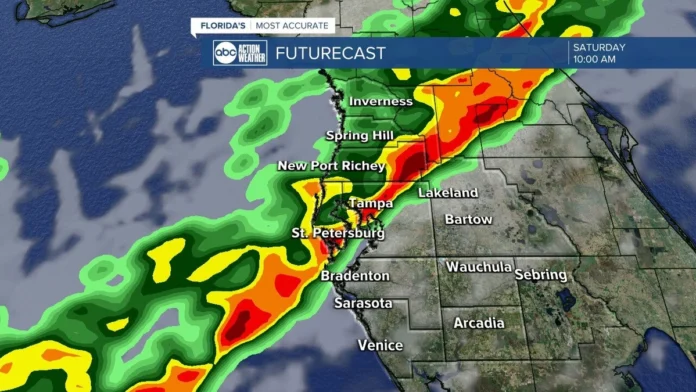Let’s have a real chat. You’re in India, maybe in Mumbai during the monsoon, or Chennai in May, and you think, “I know heat. I know humidity.” You step off the plane in Tampa, Florida, and the air hits you. It’s not just air; it’s a warm, wet blanket that you can’t take off. Your glasses fog up instantly. Your perfectly styled hair gives up. And you realize, with a sudden jolt, that this is a different kind of beast altogether.
This isn’t just a weather report. Forget the generic temperature charts for a second. We’re going to break down what the Tampa weather actually feels like, why it is the way it is, and most importantly, how to not just survive it, but actually enjoy it. Think of me as your friend who’s already there, ready to give you the real inside scoop over a cup of filter coffee (or in this case, a glass of iced tea).
So, You Think You Know ‘Hot’? Let’s Talk About Tampa’s Humidity.
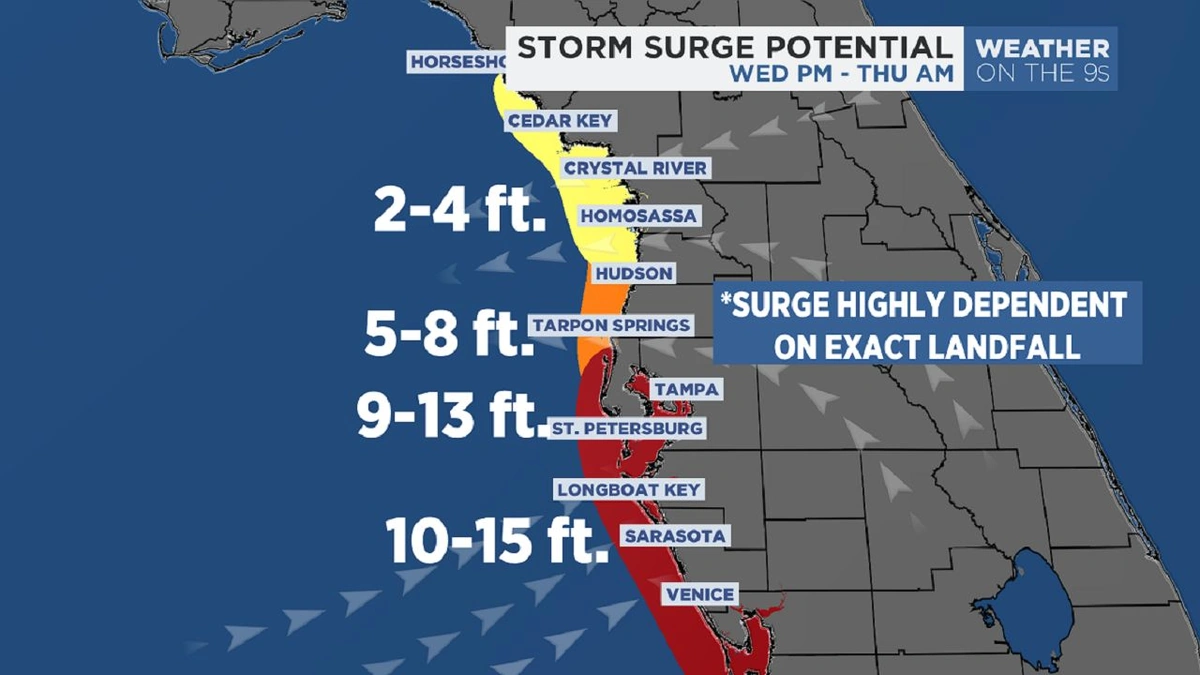
Here’s the thing about Tampa’s heat: the number on the thermometer is a lie. A 32°C day in Tampa can feel drastically different from a 32°C day in a drier city like Delhi. The culprit? Humidity. And I’m not just talking about a little stickiness. I’m talking about a deep, pervasive moisture that hangs in the air, thanks to the city being hugged by the Gulf of Mexico and Tampa Bay.
What fascinates me is the science behind it, but let’s skip the boring textbook explanation. Think of it this way: Your body cools itself by sweating, and when that sweat evaporates, it takes heat with it. But in Tampa, the air is already so full of water vapor (that’s the humidity) that your sweat has nowhere to go. It just sits there. So you feel hotter, stickier, and more drained.
The key metric to watch isn’t the temperature, but the “dew point.” When you see a dew point above 21°C on the Tampa Florida weather forecast, you know it’s going to be one of those days where you feel like you need a shower after walking to your car. This is the secret language of Floridians, and now you’re in on it.
The Two Seasons You Really Need to Know | Wet and Dry
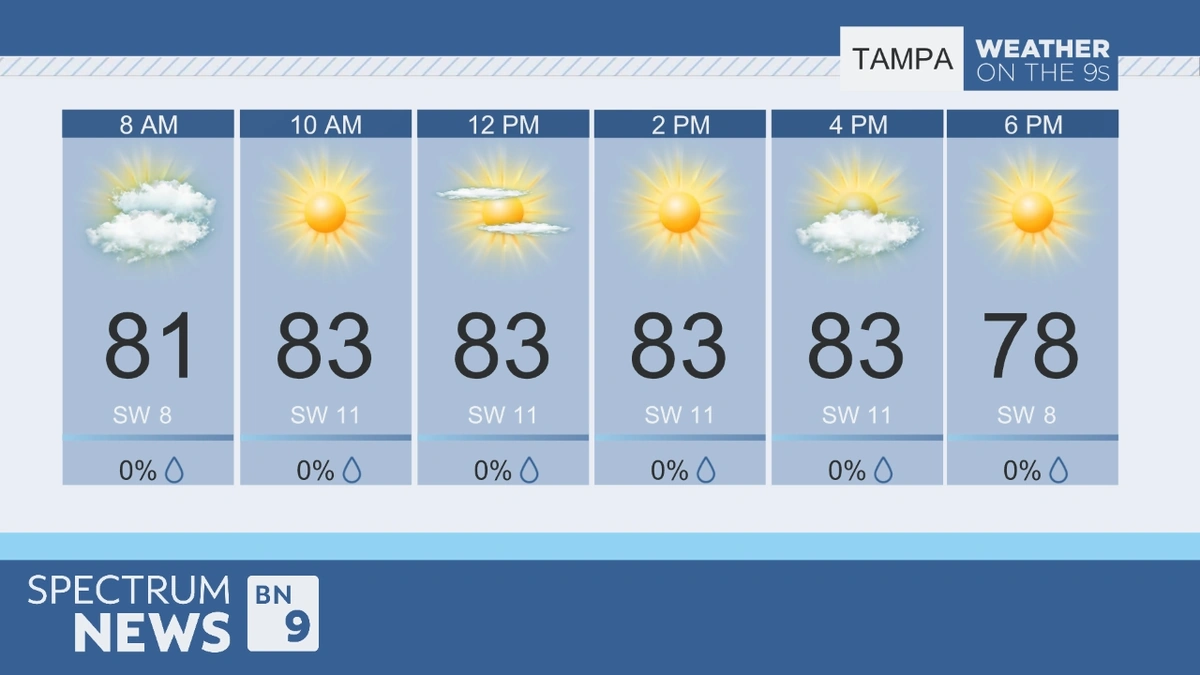
Forget the four seasons you learned about in school. In Tampa, life revolves around two main seasons: the Hot & Wet season, and the Gloriously Perfect & Dry season. Understanding this rhythm is key to planning your life, your trip, or your wardrobe.
The Wet Season (Roughly May – October)
This is classic, subtropical Florida. It’s the season of sun, heat, humidity, and almost daily thunderstorms. But these aren’t the all-day drizzles you might know. Tampa thunderstorms are dramatic, punctual, and surprisingly predictable.
- The Daily Routine: The day starts sunny and gets progressively hotter and more humid. By 3 or 4 PM, you’ll see magnificent, towering clouds build up. The sky turns a dramatic grey, the wind picks up, and then… the heavens open. A torrential downpour, complete with spectacular lightning and thunder.
- The Good News: It’s usually over in an hour or two. The rain cools everything down, washes the air clean, and often leaves you with a stunning sunset. The lesson? Plan your outdoor activities for the morning. Always have a small umbrella. And learn to appreciate the free afternoon show. This is also, unfortunately, the peak of the hurricane season Tampa has to be wary of, which we’ll get to in a moment.
The Dry Season (Roughly November – April)
Ah, this is why people fall in love with Florida. This is paradise. The oppressive humidity vanishes, leaving behind warm, sunny days and pleasantly cool, crisp nights. This is the best time to visit Tampa , hands down.
- Perfect Days: Imagine a perfect winter day in Bangalore, but with sunshine you can count on. Temperatures hover in the comfortable 20-25°C range. You can sit outside, go to the beach without melting, and enjoy all the outdoor cafes and parks.
- The “Cold”: For locals, a dip to 10°C is cause for breaking out the heavy jackets and boots. For you? It’ll probably feel like a pleasant evening breeze. You can leave the heavy woolens at home.
Hurricane Season | A Calm and Practical Guide (No Panic Allowed)
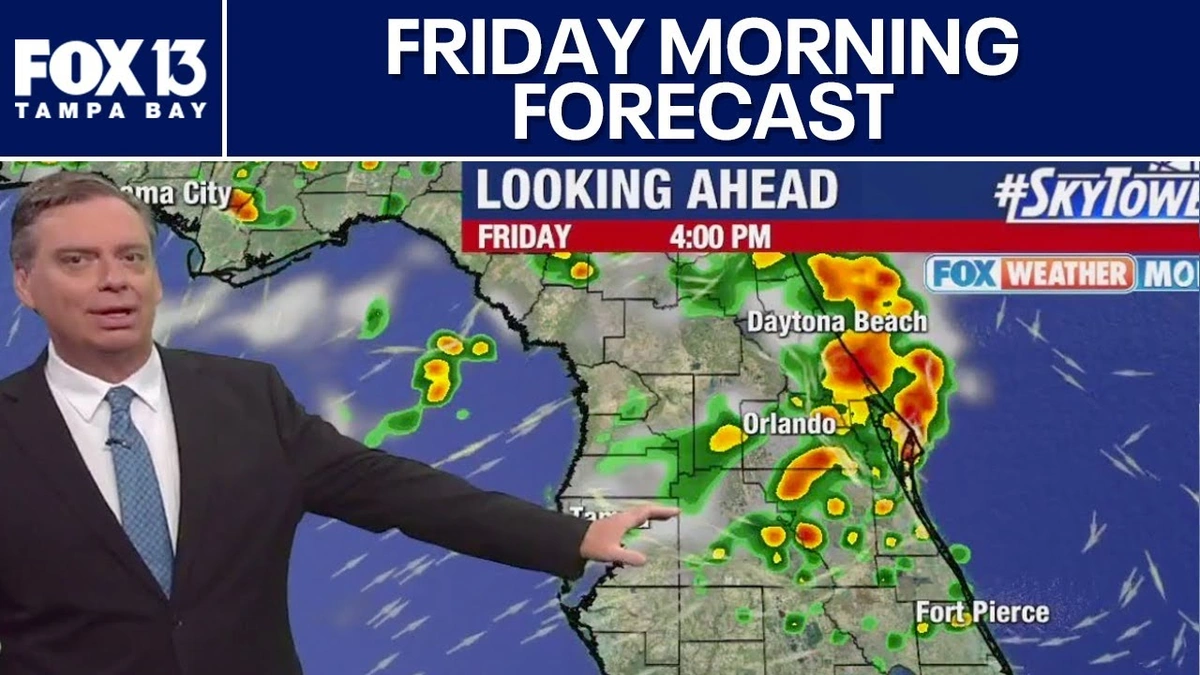
Okay, let’s talk about the H-word. Hurricane season officially runs from June 1st to November 30th. For an outsider, this can sound terrifying. But for residents, it’s more about preparation and respect for nature’s power than constant fear.
Let me rephrase that for clarity: The chances of a major hurricane directly hitting Tampa in any given year are relatively low. The city’s geography on the Gulf Coast offers it some protection. However, being prepared is non-negotiable.
Here’s what you actually need to know:
- It’s Not a Surprise: Modern weather forecasting is incredible. You will have days, sometimes even a week or more, of notice if a storm is heading your way. There’s no waking up to a surprise Category 4 hurricane.
- Learn the Lingo: A “Tropical Storm” has winds between 63-118 km/h. A “Hurricane” has winds of 119 km/h or higher. You’ll also hear about a “watch” (conditions are possible within 48 hours) versus a “warning” (conditions are expected within 36 hours).
- Preparation is Peace of Mind: If you’re living there, you’ll have a hurricane kit (water, non-perishable food, batteries, first-aid). If you’re visiting, your hotel and local authorities will have clear procedures. The best resource for tracking storms is the official National Oceanic and Atmospheric Administration (NOAA) website. Don’t rely on sensationalist news.
So, should you avoid visiting during hurricane season? Not necessarily. August and September are the peak months, but you can still have a wonderful trip. Just buy travel insurance and keep a flexible mindset. A great resource is our guide to top holiday destinations , which can help you plan around the seasons.
What to Wear When You’re Coming from India | An Unofficial Guide
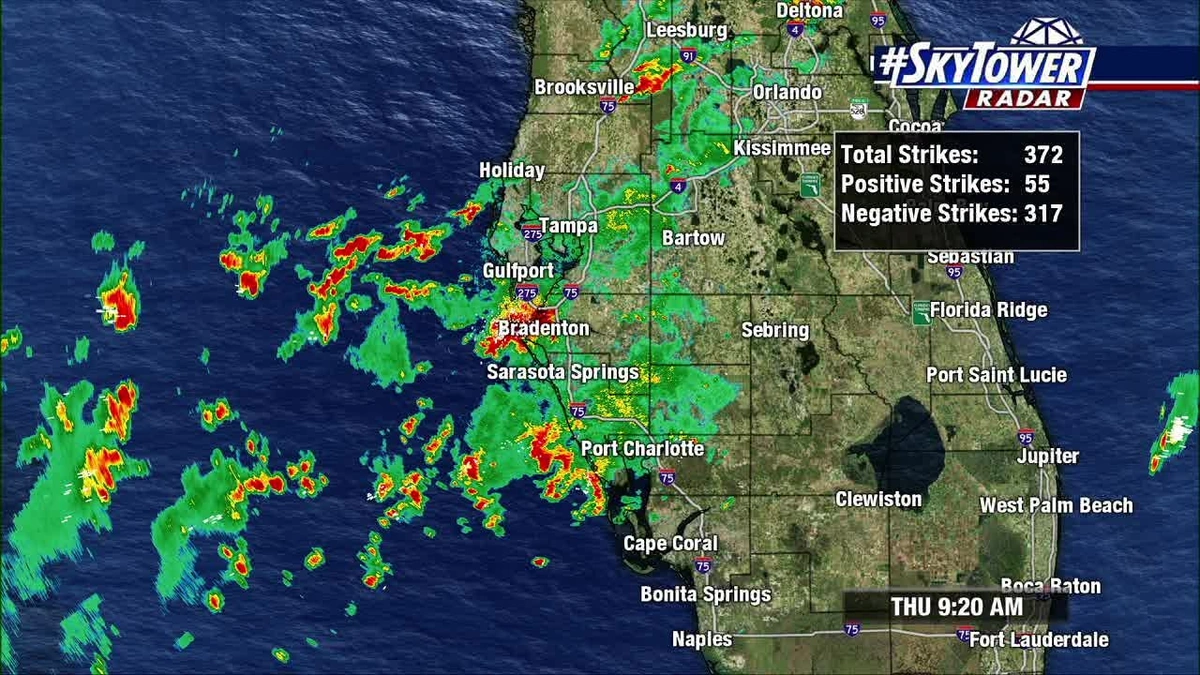
This is one of the most practical questions, so let’s get it right. Packing for Tampa is all about managing the heat and the aggressive air conditioning.
- Fabrics are Everything: Cotton, linen, and rayon are your best friends. Anything lightweight and breathable. Leave the silks and heavy polyesters at home, as they’ll just stick to you. Think Fabindia-style kurtas, cotton shirts, and comfortable trousers.
- The A/C Shawl: This is a pro tip. The transition from the sweltering outdoors to a freezing cold mall, restaurant, or cinema can be a shock to the system. Always carry a light jacket, a shawl, or a cardigan. You will absolutely need it.
- Footwear: Sandals, flip-flops, and open-toed shoes are standard. But because of the sudden downpours in the summer, having a pair of waterproof shoes or footwear you don’t mind getting soaked is a smart idea.
- Rain Gear: A small, collapsible umbrella is a must-have in your bag from May to October. A full-on raincoat is often too hot to wear, but an umbrella is perfect for those quick dashes.
Basically, dress for a permanent summer, but always be prepared for a sudden cool-down, whether from rain or from air conditioning. For more ideas on what to expect when travelling, you might want to check out some general travel insights .
Frequently Asked Questions About Tampa’s Climate
What is the most humid month in Tampa?
August typically takes the prize for the most humid month. It’s the peak of summer, with high temperatures and daily rainfall that keeps the moisture levels in the air consistently high. Expect dew points to be in the “oppressive” category almost daily.
Does it ever get cold in Tampa?
Cold is a relative term! For someone from a colder climate, no. But for locals, yes. During the dry season (December-February), it’s not uncommon to have a few “cold snaps” where overnight temperatures can dip into the single digits (5-9°C). But it warms up quickly during the day and snow is virtually unheard of.
How bad are the mosquitoes and bugs?
Let’s be honest, it’s a subtropical climate with a lot of water, so yes, there are bugs. Mosquitoes are most active during the wet season, especially around dawn and dusk. Using a good insect repellent is a wise move if you plan to be outdoors near water or wooded areas in the evening.
Is the Tampa weather by month consistent?
It’s more consistent than in places with four distinct seasons. The biggest monthly changes are the levels of humidity and rainfall. From November to April, you can expect consistently pleasant and dry weather. From May to October, you can expect consistently hot, humid weather with a high chance of an afternoon thunderstorm.
The Tampa weather isn’t just a backdrop; it’s a main character in the story of the city. It dictates the rhythm of the day, the lushness of the green landscapes, and the relaxed, indoor-outdoor lifestyle. It demands respect, but it rewards you with glorious sunsets, dramatic skies, and a perfect, golden winter that feels like it’s straight out of a dream. So come prepared, embrace the humidity, and get ready to experience a climate with a personality as vibrant as the city itself.

